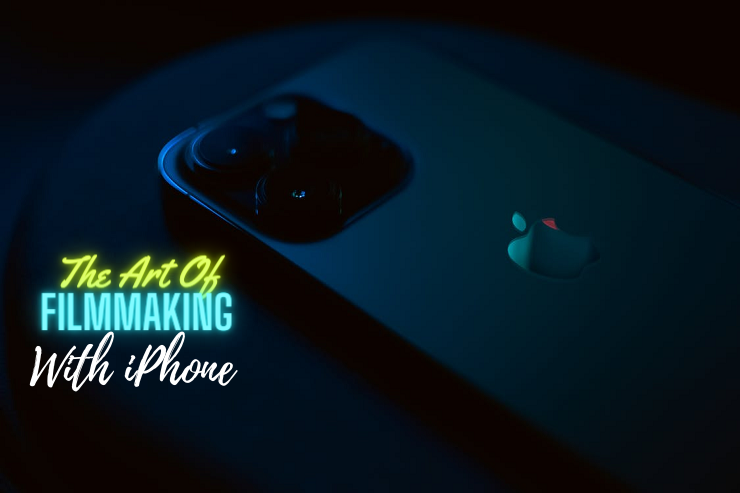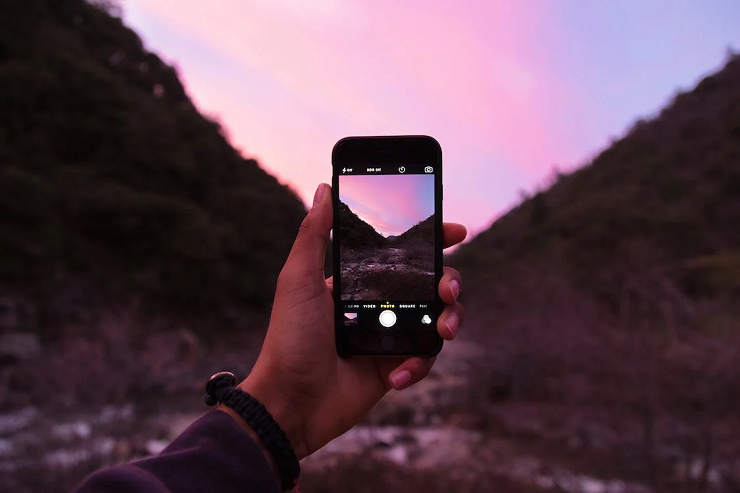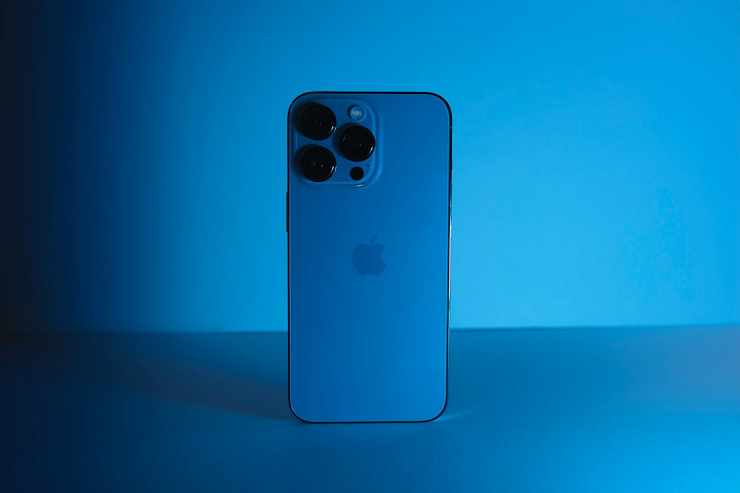
The iPhone has revolutionized the way we communicate, socialize, shop, and entertain ourselves. But over the past few years, it has also made huge strides as a powerful filmmaking tool that puts professional-grade video production into the hands of anyone with a smartphone. With each new iPhone model, the camera capabilities and video editing software improve exponentially. This has enabled creative entrepreneurs, journalists, marketers, and enthusiasts to shoot high-quality cinematic films entirely on an iPhone. What started as a novelty has evolved into a versatile cinematic art form.
The Democratization of Filmmaking
Prior to the smartphone era, creating any video content required expensive, specialized equipment unavailable to the average person. But as iPhone cameras and apps got more advanced, suddenly anyone could shoot HD – and later 4K – video right from their pocket. Aspiring amateurs and semi-pros were liberated to experiment with photography, lighting, and narrative storytelling. As mobile phone filmmaking gained popularity, the niche community has grown through festivals like the iPhone Film Festival and societies like the Mobile Motion Film Festival.
The accessibility of iPhone filmmaking provides new opportunities for diverse voices and democratizes who gets to be a filmmaker. For example, Sean Baker’s 2015 feature film Tangerine was famously shot entirely on an iPhone 5s using the FiLMiC Pro app. This independent production about transgender sex workers went on to receive critical praise and Independent Spirit Award nominations. Such breakthroughs display how the iPhone has taken cinema out of big-budget studios and put it into any inspired hand eager to tell a story.
Cinematic Techniques Powered by Your Phone
Many aspiring directors think professional-looking films require expensive gear for effects like shallow depth of field, slow motion, time-lapses, and quality sound. But the latest iPhones and apps unlock these advanced techniques. For instance, the Portrait Mode creates stunning bokeh backgrounds to mimic the look of a DSLR camera. Slow motion and time lapse modes produce enticing visual sequences that only needed a Steadicam rig before. The introduction of Dolby Vision HDR video in the iPhone 14 brought cinema-grade 10-bit color to your home videos. And wireless microphones and adapters ensure crisp audio quality for dialogue and sound mixing.
The profusion of filmmaking apps allows easy editing, color correcting, audio sweetening, title design and effects right on your iPhone. FiLMiC Pro gives fine control over focus, exposure, aspect ratio, and frame rates to mimic classic films or create YouTube content. Apps like Lumy, Splice and iMovie make crafting polished videos on the go seamless. For social media, Clips offers built-in effects for cool selfie videos. And Lightroom Mobile perfects the filters, color balancing and cropping for stunning photography. The available tools enable everyone to enhance their creativity.

Influential Works Shot on iPhone
As iPhone filmmaking pushed boundaries, notable directors incorporated the device into real movies and TV shows as more than just a gimmick. For example, the 2015 documentary Searching for Sugar Man was shot partially on an iPhone app called 8mm by the director because it gave some scenes a “grainy home video” look. In 2017, the thrilling independent film Unsane by director Steven Soderbergh was filmed entirely on an iPhone 7 Plus to capture the voyeuristic sense of the lead character’s paranoia and confusion.
The following year, Emmy-winning director Alejandro Iñárritu partnered with Apple to create the short film The Elephant Queen entirely on iPhone X. In 2020, Emmy-winning director Ben Stiller worked with Apple to produce the acclaimed series Severance, using iPhone 11 Pro to film over 50% of the workplace thriller. As iPhone video quality matched traditional film and TV, renowned creators adopted it as an artful tool rather than just a handy substitute.
The iPhone 14 Pro Ushers In A New Era
In September 2022, Apple unveiled the iPhone 14 Pro and iPhone 14 Pro Max. These premium models introduced a 48MP main camera sensor and the Dynamic Island, offering even more advanced capabilities for filmmaking. The quad-pixel sensor enables 4K video at 24 fps with pro-level creative controls. Action Mode provides gimbal-smooth stabilization and Cinematic Mode shoots cinematic 4K video with shallow depth effect. The new Photonic Engine boosts low-light performance for natural colors and textures even in dim scenes. For aspiring filmmakers, the iPhone 14 Pro brings cinema production up another level.
The Magic with iPhone 16
As amazing as the iPhone 14 and 15 Pro cameras are, the upcoming iPhone 16 in 2024 is rumored to be a game-changer. Based on Apple’s history of innovations, the iPhone 16 could get 8K video recording for the first time along with higher quality ProRes codecs. The new A18 Bionic chip should drastically improve video processing for lighting and color. iPhone 16 may also upgrade autofocus with dual-band WiFi 6E for immediate rendering. And the front camera could reach 48MP for selfie videos on par with today’s rear quality. If these predictions hold true, iPhone 16 in 2024 could revolutionize mobile filmmaking all over again.

Conclusion
The iPhone has truly revolutionized filmmaking by empowering anyone to develop their own unique cinematic eye. With so much potential to tell impactful stories, the possibilities are endless. As technology catches up with creativity, we are entering a new era of independent cinema. The power is now literally in our hands to imagine worlds and make professional-quality films, whether for entertainment or creating change. After over a decade of iPhone filmmaking, we have only scratched the surface of what this art form can achieve. The cinematic revolution has just begun.
